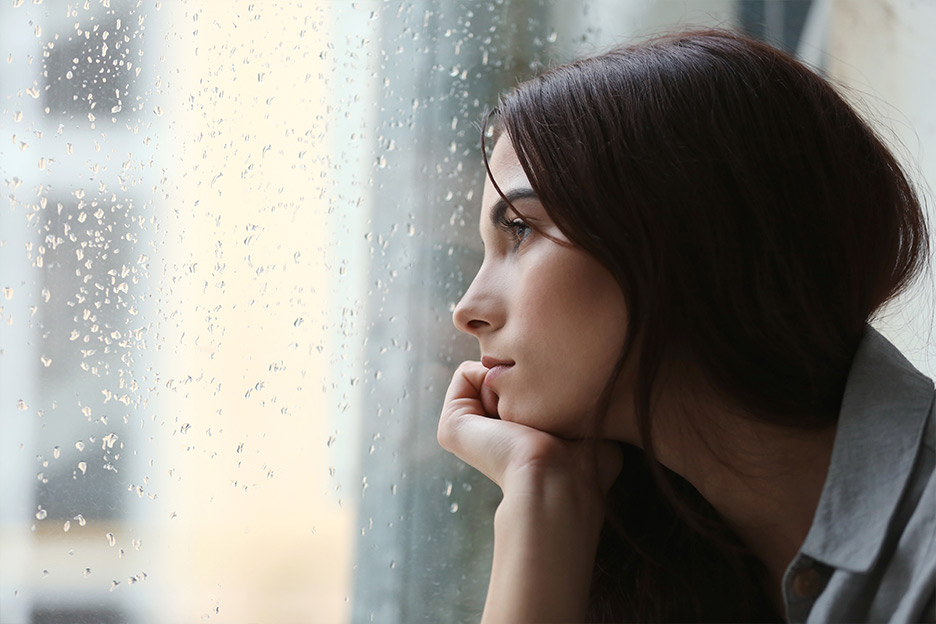If you feel a decrease in energy levels and your mood is more fragile, you may be suffering from seasonal depression (or the winter blues), which affects 2% to 3% of Canadians.

What causes seasonal depression?
Many Canadians are affected by the lack of sunlight hours that come with winter, and suffer from seasonal depression. Some people leave the snow for sunnier destinations, but most Canadians remain in the country and have a difficult time with this rather grey period.
Currently, little is known about the exact causes of seasonal depression, but the lack of light and the reduction in the length of time spent in natural light during winter seem to be the most probable and serious causes.
How can we recognize the symptoms?
The symptoms of seasonal depression appear particularly towards the end of fall, and last until the arrival of spring every year. A diagnosis is made once you have suffered from symptoms of seasonal depression for at least two consecutive years.
Very similar to the symptoms of regular depression, seasonal depression affects the quality of life of those suffering from it. Among the symptoms of seasonal depression, we find:
- Depressive mood that lingers throughout the day;
- Loss of interest in activities that we normally enjoy;
- Fatigue, lack of energy;
- Irritability;
- Difficulty sleeping;
- Weight loss or gain;
- Feelings of guilt, low self-esteem;
- Suicidal thoughts.
If you display one or more of these symptoms each year, you may be suffering from seasonal depression. If so, it is important to consult your doctor, who will make the diagnosis and be able to help you. ou can also talk to your pharmacist.
Light therapy is an alternative to counter the symptoms of seasonal depression. - Francine Denis, Brunet's affiliated pharmacist-owner at the Donnacona branch.
How to alleviate your symptoms, increase your energy and improve your mood?
- Get at least one hour of fresh air outside per day (or longer, if the day is overcast), even in the dead of winter. Indoor lighting is not as beneficial as natural light.
- Allow sunshine into your home. Lighter coloured paint on your walls can also help to increase luminosity.
- Get physically active. Practising winter sports will be beneficial.
What are the possible treatment options?
Since seasonal depression is directly related to the lack of exposure to light, luminotherapy (light therapy) plays an important role in treatment.
It consists in the regular exposure to a high intensity white light at set intervals. A 10,000 LUX (measure of light illumination) intensity lamp is recommended, beginning gradually with 10 to 15 minute daily sessions, and increasing to 30 minutes per day. Exposure to the lamp is more beneficial in the morning than in the evening.
But luminotherapy is not recommended for everyone. If you suffer from vision problems, this therapy may not be recommended for you. There are many types of luminotherapy lamps on the market; your pharmacist can help you choose the best one for you.
It may be necessary and effective to take antidepressants in order to rebalance the brain’s chemical system. Antidepressants can also be combined with luminotherapy.
Moreover, psychotherapy administered by a professional could provide you with the tools to overcome this difficult period. Often, an attentive ear is all it takes to help us jumpstart our mood and give us confidence. Don’t hesitate to talk about it; don’t withdraw into yourself.
Don’t forget that your mental health is just as important as your physical health, and don’t let seasonal depression deprive you of winter’s positive aspects. Take the time to speak with your healthcare professional, because your health, in summer and in winter, is what counts the most!
